As with most sports you can start off really cheap and work your way up as you get more into it. Clubs tend to have a good supply of safety kit, wetsuits, paddles and boats. However having some of your own personal kit is a great idea as somethings are better not shared!
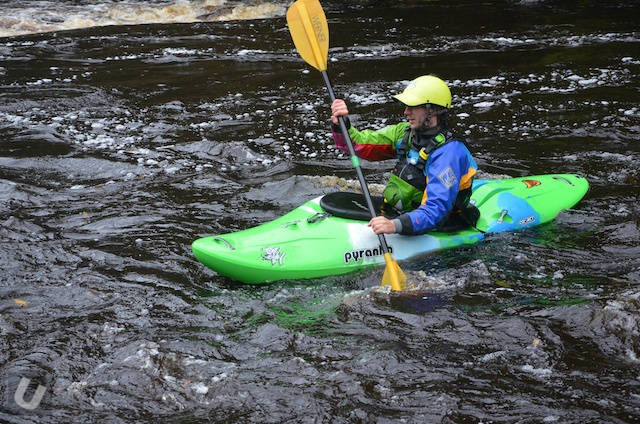
In most cases all you need is some footwear you don’t mind getting wet (e.g. trainers) and a long sleeved thermal top. Primark, M&S or an outdoor shop are the best places to look for thermals. Go for synthetic or wool, cotton is pretty much useless when wet. A good set of thermals will make a world of difference when starting out. If you have a bit of time and don’t mind waiting a couple of weeks then check out Sportpursuit. They often have thermals from various brands in the sale.
I use a few different types of thermals. These include synthetic thermals from Helly Hansen and Sub Zero and wool (merino) thermals from Howies, Icebreaker, and Smartwool.
Helly Hansen Lifa Dry Stripe Crew (Men’s) – Long Sleeve
Helly Hansen Lifa Dry Stripe Crew (Women’s) – Long Sleeve
Helly Hansen Lifa Dry Stripe – Short Sleeve
Sub Zero Factor 1 Top – Long Sleeve
Icebreaker Anatomica Crew (Men’s) – Long Sleeve
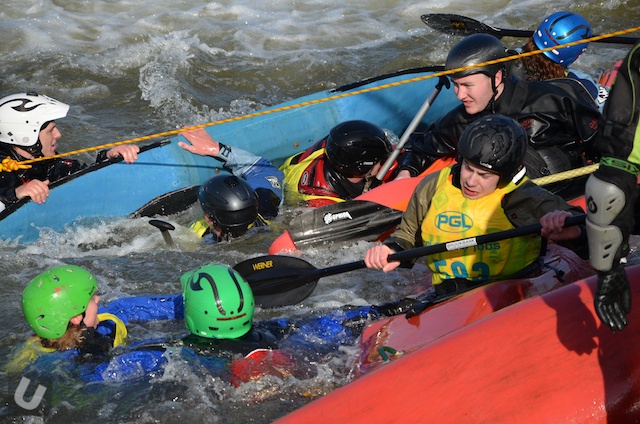
If I was sorted with thermals and footwear the next bit of kit I would be looking at is a cag. Something like the Palm Vortex, tough and relatively cheap. Any cag will help keep the wind off and keep you that little bit warmer. At the lower end of the market the cag won’t keep you really dry but will offer a little more protection from the elements. At the middle and upper end of the market cags become better cut allowing for better freedom of movement and drier. If I had a bit of cash and I knew that kayaking was for me I’d look at getting a semi dry or dry cag. A semi dry cag/top has latex seals at the wrist but non latex seals at the neck. Dry cags/tops have latex seals at both the wrists and neck. Semi dry cags/tops are pretty good now and perform almost as well as a dry cag.
Wetsuits are normally available from clubs and are great for people starting out who are going to spend time in the water or enjoy peeing themselves. If you are lucky the wetsuits available will include one that actually fits you. Wetsuits only really keep you warm when they are wet. When wet a small layer of water is held between your body and the neoprene. This is warmed by your body and acts like your own hot water bottle. Although it will actually never be hot. As you start to add better cags into the equation or the fact you may begin to stay in your kayak a wetsuit becomes less effective. This is because the wetsuit will not always get wet and as a result will not have the opportunity to warm up. Therefore an alternative system is required. The key here is layers:
Inner (insulation) – Thermals top/bottom or even a fleece onesie (the tigger ones seem quite popular)
Middle (insulation)- Fleece top/bottom or additional thermals if really cold
Outer (protection from the elements)- Cag and trousers
As with cags, trousers come in semi dry and dry varieties. If you are loaded or have a good bank manager you may want to splash out on a dry suit. By this stage it’s going to really cost, approx £400+ for something that won’t fall apart in a season. Many cag/trousers combinations are good and come very close to the performance of semi dry/dry suits.
All of the above is about keeping you warm and/or dry. Beyond this you are getting into the realms of purchasing better fitting helmets, buoyancy aids and water tight spraydecks. All of these are only worth worrying about when you know that kayaking is something you plan to do throughout Uni or beyond.
As a very general rule the more you spend on kit the drier, warmer and more comfortable you will be. Of course you will get to a point where you will hit the law of diminishing returns.
The members of the club will be a great resource for cheap personal kit. As paddlers rise through the experience ranks old but good kit often comes available and is sold within clubs. Ebay and kayak forums are also a good source for kit. Please be aware that prices can be inflated and it is always a good idea to have someone check out your potential purchase before hitting the button. Most shops will be prepared to drop prices by at least 10% and bargains can be easily found – Check out the sales @ places like North Shore Watersports.
Basic Kit List:
Thermals of some sort, a number of thin layers are best so you can layer things up if it gets cold.
A towel big enough to spare every one the trauma of seeing your backside or bits.
Some form of footwear – trainers will do. They will get wet.
Money for the pub and petrol.
A bag to put it all in. Make sure that it will handle wet kit.
A woolly hat.
Your club may also have some additional items that they might want added to this list.
Safety Kit:
As you get more into kayaking you may also want your own safety kit. The first thing(s) to think about is a PFD and a helmet. Both PFDs and helmets (if sold within the EU) must be fully tested and certificated. This means that they all have been through the same test and passed the same criteria.
With PFDs and helmets it is important that they fit you well. However there are a number of popular choices that seem to fit most people really well.
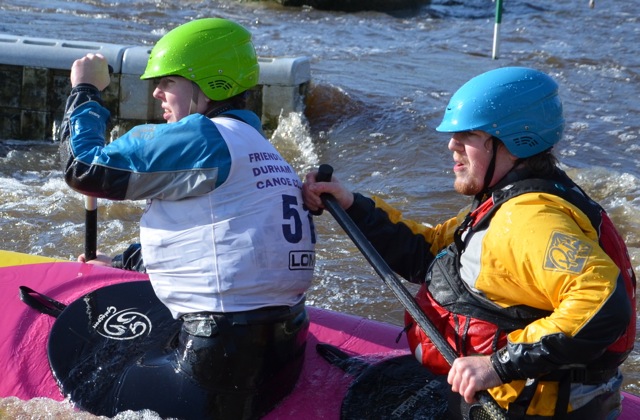
The Palm series of PFDs are always a good choice. The Palm FX for example is one of the best all-round PFDs out there. I have one myself and find it to be superb. If you want one with all the bells and whistles Palm Extrem range is also a good choice. I have used a Palm Extrem RV for over a year and have no complaints.
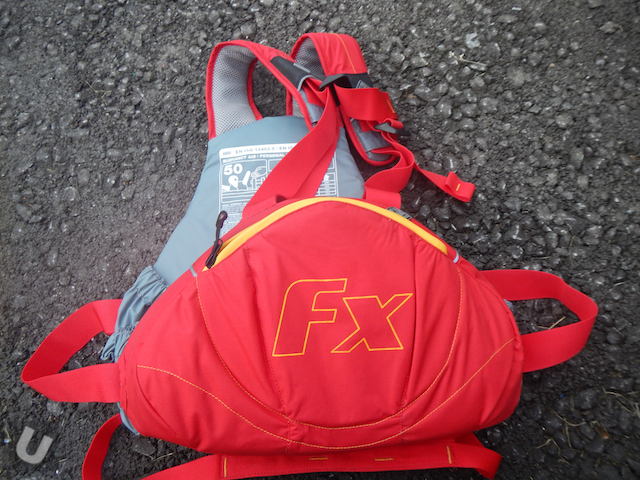
Although the Sweet range of helmets are superb they don’t fit all head shapes and are expensive. Shred Ready produce what they call the standard helmet in a range of guises and they tend to fit a wide range of head shapes pretty well.
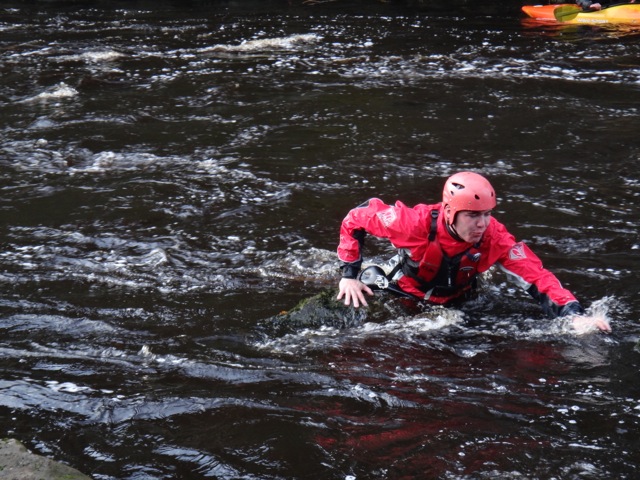
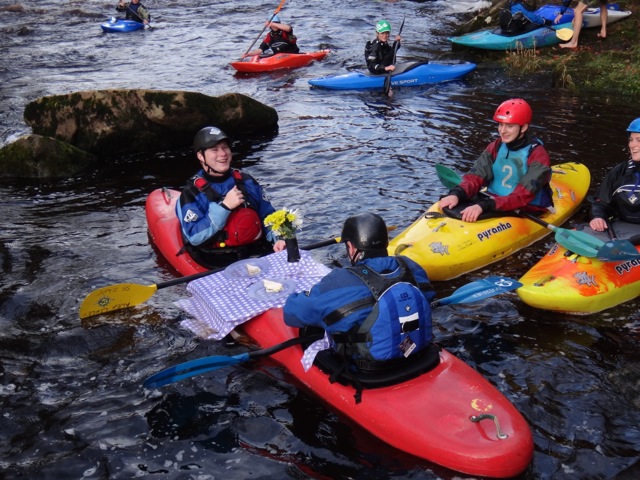


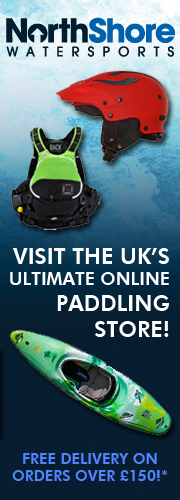
Leave a Reply